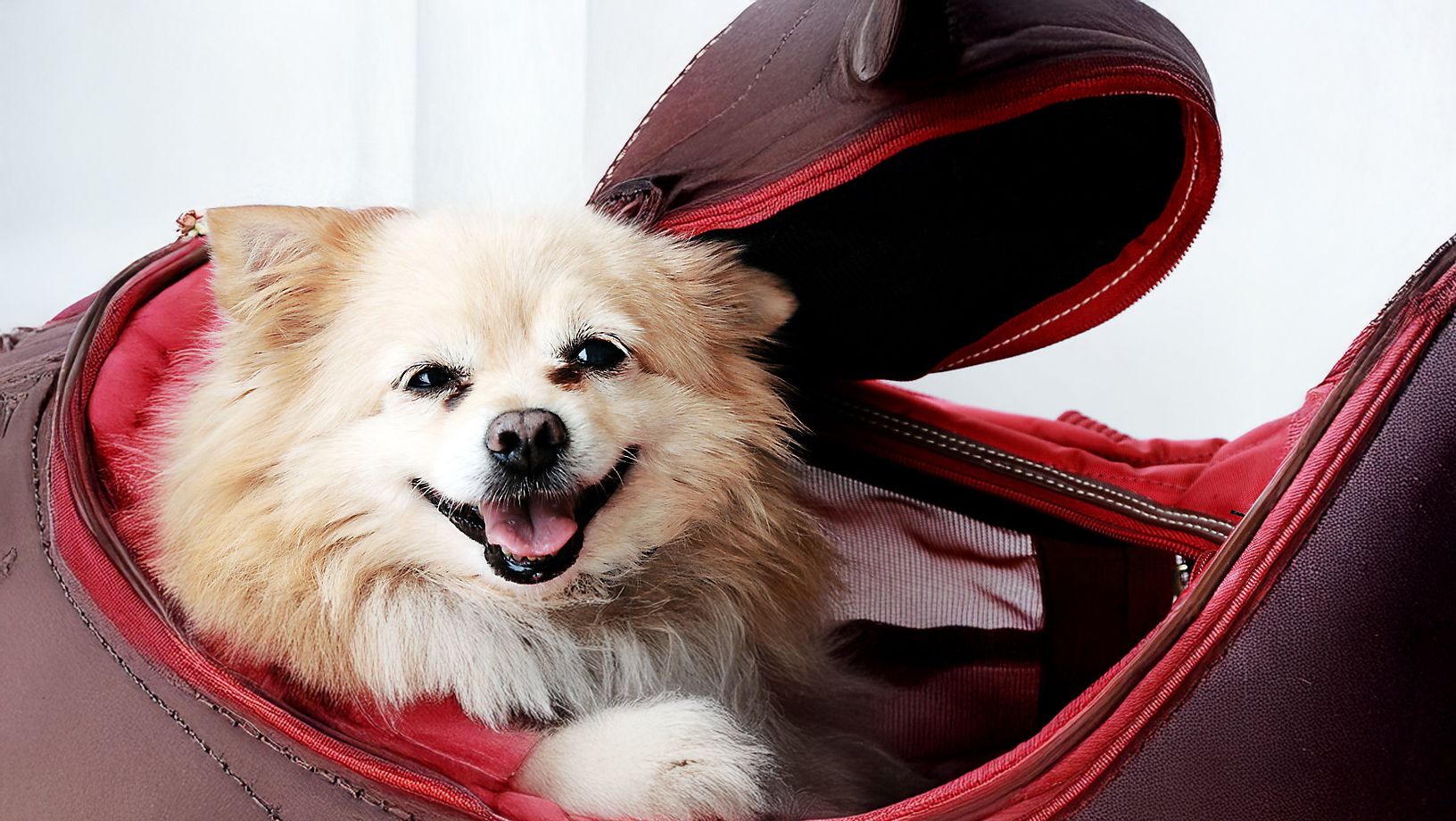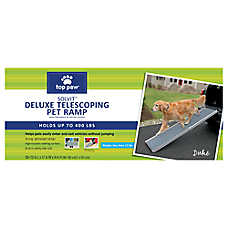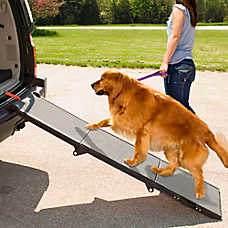The Do’s and Don’ts of Pet Travel

In this Article
Your pet is an important part of your family, so it’s natural to want to take them along on your travels. However, from navigating airports and managing road trips to finding pet-friendly hotels, pet travel requires careful planning and preparation to ensure a smooth journey for you and your dog or cat.
Deciding whether to travel with pets.
Traveling with pets is a personal decision that’s often based on a variety of factors.
- Anxiety level: Pet travel can help avoid the extreme anxiety some pets feel when left at home or boarded with a kennel. On the other hand, travel can be extremely stressful for pets if they’re unaccustomed to new environments or unfamiliar surroundings.
- Complicated logistics: Taking your pet with you eliminates the need to arrange for pet sitters or boarding facilities. However, it adds more complexity to your travel logistics as you search for pet-friendly accommodations and transportation.
- Other factors: Additional things to keep in mind when considering pet travel include your pet’s health, age, and temperament; the length of the trip and conditions of travel; and your ability to provide a safe and comfortable environment for your pet throughout your travels.
Preparing to travel.
If you’re set on taking your dog or cat on the road with you, be sure to take care of these pre-travel essentials.
- Research: Do your homework to find pet-friendly destinations, accommodations, and transportation options. If you’re traveling by airplane, train, or car rental, make sure the companies you’re traveling with allow pets.
- Checkup: It’s wise to schedule a vet visit before pet travel to make sure your pet is up to date on vaccinations. To help with any stress your pet may experience related to travel, your veterinarian can also provide your pet with medications that can help relieve anxieties. Additionally, you may also need to get a health certificate for your pet to travel to certain destinations.
- ID: Make sure your pet has proper identification, including a microchip and a collar with an ID tag that has your contact information on it.
- Supplies: Your pet travel kit should include food, water, leash, waste bags, medications, bowls, a first aid kit, and possibly an enclosure like a dog playpen. Bringing favorite toys or familiar blankets may help keep your pet comfortable on the trip. For elderly or young pets, a pet stroller can also be a good option.
- Carrier: Invest in a quality pet carrier that will keep your dog or cat safely contained throughout your travels. Research airline requirements ahead of time to be sure you have an airline-approved pet carrier.
- Extra food: Travel is full of interruptions and delays. Be sure you have enough dog or cat food in case there are changes to your travel plans.
Getting your pet travel ready.
Before you embark on your journey, it’s helpful to take a few steps to prepare your pet for upcoming travel experiences.
- Getting used to the cat or dog carrier: Let your pet acclimate to the travel carrier for several weeks ahead of your trip. Use treats and positive reinforcement to create a happy association with time spent in the carrier.
- Training: An obedience training refresher can help keep dogs safe during travel by ensuring they respond to your commands.
- Exercise: Be sure to keep your pet active in the hours before the trip to help them rest comfortably and reduce anxiety once you’ve embarked.
- Food: Give your pet a light meal several hours before traveling to help avoid motion sickness.
During the trip.
Once your journey has begun, it’s important to keep your pet hydrated throughout. When you’re confronted with unexpected developments, be sure to remain as calm as possible, since pets can pick up on your anxiety.
Tips for traveling by plane.
- Reserve early: When taking a pet on an airplane, be sure to book travel as early as possible, since airlines often have a limited number of spots for pets.
- Review airline policies: Consult with the airlines about their specific travel policies and whether your pet can travel with you in the cabin or whether it must stay in the cargo hold.
- Check carrier requirements: Most airlines require pets to travel in an approved carrier that is well ventilated and offers enough space for your pet to comfortably stand, turn around, and lie down.
- Fly nonstop: With nonstop flights, your pet won’t be stuck sitting on the tarmac or having to change planes.
- Arrive early: Allow enough time at the airport to get through check-in and security with your pet. Be sure your pet has had a chance to relieve themselves before you board.
Tips for traveling by car.
- Prioritize safety: Always use a seatbelt, harness, or secure crate to keep your dog or cat safe while the car is moving.
- Take regular breaks: Stop at regular intervals to allow your pet to stretch, exercise, and relieve themselves.
- Make it fun: Offer your pet toys and chews to keep them occupied and engaged.
- Focus on comfort: Keep the car well-ventilated and cooled. Never leave your pet alone in the vehicle, especially when the temperatures outside are high.
- Leave the front seat for humans: Keeping your pet in the back of the car helps to avoid injury if the airbag deploys.
Tips for traveling by train.
- Consult policies: Not all train services permit pets on board. Check specific policies and carrier requirements for your route ahead of time.
- Reserve early: Make reservations well in advance to be sure there’s space for your dog or cat.
Tips for hotels and lodging.
- Look for pet-friendly accommodations: Many hotels and vacation rentals allow guests to bring pets. Be sure to understand policies around pets ahead of time and confirm any additional fees or restrictions.
- Prepare the room: Once you’ve checked in, set up a comfortable area for your pet where they have access to their bed, toys, and other familiar items.
- Manage pet behavior: To avoid disturbing other guests, you’ll want to monitor your pet’s behavior. Never leave your pet unattended in the room without ensuring they are safe and comfortable.
- PetSmart PetsHotels: Some pets do not do well with travel. If your pet can relate, there are options like PetSmart PetsHotels. When you need to be away, PetSmart makes pet boarding easy with comfortable accommodations and activities that give your pet a fun getaway for overnight or longer.
FAQs.
How much does it cost to fly your pet with you?
The cost of flying with your pet varies by airline and can range from $75 to $200 each way for pets traveling in the cabin. Pets traveling in the cargo hold may incur higher fees, often between $200 and $500 or more.
What is the best pet travel?
The best way for pets to travel depends on the pet's size, temperament, and the length of the journey. For short trips, traveling by car is usually the easiest and least stressful form of pet travel. For longer distances, it may be necessary to fly.
Are any airlines allowing pet travel?
Yes, many airlines allow pet travel today. However, each airline has its own policies and restrictions, so it's essential to check with the specific airline before booking.
Can I take my 50 lb. dog on a plane?
For pets traveling in the cabin, most airlines typically have a weight limit of 20 pounds, including the carrier. Larger pets, like a 50-pound dog, typically must travel in the cargo hold, if it’s allowed by the airline.
What are pet transportation services?
Pet transportation services specialize in the logistics and care of pet travel. Transportation services include specialized services for air travel, ground travel, and private transport. Certain companies offer door-to-door service, where pets are picked up from one location and delivered directly to another destination.
If you’re shopping for pet travel supplies, PetSmart carries a broad range of crates gates & containment products as well as other supplies like collars, harnesses & leashes, dog and cat food, treats, beds and furniture, and grooming supplies.
PetSmart also offers convenient shopping with Curbside Pickup or in-store pickup. Need something today? We have select items available for Same-Day Delivery in most areas powered by DoorDash. For items you purchase frequently, PetSmart has Autoship that automatically delivers the items you want to your door as often as you’d like. Check the website to see which items are eligible.
Information in this article is not intended to diagnose, treat or cure your pet and is not a substitute for veterinary care provided by a licensed veterinarian. For any medical or health-related advice concerning the care and treatment of your pet, contact your veterinarian.







